Frederica Freyberg:
This weekend, Milwaukee opens its new Three Bridges Park in the Menominee valley, so named after the three pedestrian and bike bridges that are among the entrances to the park, and now connect the city’s south side with emerging jobs in the former industrial corridor. The Menominee valley near downtown has undergone a transformation. Once the industrial hub of the city, it saw thousands of jobs leave over time. What was left was abandoned buildings and a polluted river. But a push for redevelopment began bringing jobs back, and turning the Brownfield newly business and ecofriendly. Mayor Tom Barrett hopes the Menominee valley's recent success will be repeated across the city. This week he released an ambitious ten-year sustainability plan for the city called Refresh Milwaukee. Among the aims of the 100-page plan are to make buildings more efficient, re-purpose foreclosed and vacant properties, increase youth employment, improve the harbor and city water systems, and increase healthy food access. I asked Mayor Barrett this week what he hopes Milwaukee would look like and live like in ten years.
Tom Barrett:
I want us to be the most sustainable city in the country, and we’ve already gotten off to a great start here. We’re blessed with some incredible assets. Having this water behind me. This is inner harbor and that's one of the key recommendations, is we do more development here in the inner harbor. This is a working harbor. We want it to continue and it will continue to be a working harbor. But there are some environmental challenges and there are some economic opportunities that we want to take advantage of, and do so in a balanced way that will create jobs, protect the environment and make the city even a more beautiful city than it already is.
Frederica Freyberg:
What are the economic advantages that you can avail yourselves of as part of this plan?
Tom Barrett:
Well, there are acres of land available for development here. And, again, we have to be certain that whatever we’re doing in an economic development fashion is going to be compatible with environmental concerns. So we want to make sure whatever we’re doing, we’re going to be restoring some natural habitat, which is going to make it even more economically attractive, whether it’s for housing or retail. We know that there are individuals that want to be near the water. There’s just no question about that, that people have almost a spiritual attachment to the water. They want to be near the water. So we’ve got a great opportunity here. But that’s just one of the things. That’s the inner harbor aspect of the entire Refresh Milwaukee plan. There’s another aspect in terms goals which is homegrown Milwaukee. And that’s taking land that is in foreclosure right now and repurposing it, refreshing it for urban agriculture. We’ve got a very, very solid active urban agriculture movement going on right now in the city. We want that to grow. We think it’s good for healthy food. We think it’s good for people to be more involved in this. And quite honestly it helps us with some economic challenges we have with the large number of foreclosed properties.
Frederica Freyberg:
I know that like 1,000 people were surveyed for their input on this plan and the priority, the number one thing they said that Milwaukee needed, was to make sure that the education of children here is good, and presumably jobs in this city would be next highest on the part of those surveyed. So how does this plan kind of attach to those things?
Tom Barrett:
Well, let me speak to those two recommendations, because I view them almost as the same recommendation. We know that this city has dramatically changed over the last 50 years and the jobs that were here in the 1960s and the ’70s, many of those jobs have disappeared. What I’ve always said is, in those days what you needed is you needed a strong back and a good alarm clock, and you could walk into a foundry or a brewery or a factory or a tannery and you could have a job where you could support your family. Those days have changed and they're gone. There’s still a manufacturing segment here that’s strong, but it’s not nearly as strong as it was a half century ago. What has happened as a result of that is those without a strong education have been the ones that have fallen behind. And tragically many of those are children of color who are now many times adults of color. And that’s why you’ve got the huge economic disparities that you have in this city. What we’re saying with this plan is, all right, this isn’t going to be a grand slam home run that’s going to take us back to 1960. What it’s going to do, though, is position us for 2060, so that we will have more economic development here. We will have more job opportunities. And in the central city, where we’re really focusing the homegrown efforts, we’ll have healthier people. And that's a big part of this because there are neighborhoods in this city where it’s difficult to get fresh produce and we want people to have access to that fresh produce as well.
Frederica Freyberg:
What’s the so-called fiscal note on this? How much might all of this cost and where does it come from?
Tom Barrett:
Well, we look for many different funding sources. A lot of it’s going to be from the private sector. Again, this is valuable land that we’re looking at on the shores of this harbor. There are a lot of people that are interested in this land. So that will address itself. With the homegrown initiative we’re looking for ways to make that economically sustainable. In other words, we want the fruit growing, the vegetable growing that is occurring in those areas to be something that doesn’t have a huge price tag. And we’re working with local food producers, we’re working with local restaurants, local food pantries so that they can take some of this produce as well. So we don’t see it as, either of them, as projects that are going to cost the government a lot of money. We think that they’re going to create more economic activity that’s going to be positive for the overall community.
Frederica Freyberg:
What kinds of jobs might this plan afford somebody in inner-city Milwaukee?
Tom Barrett:
Food distribution would certainly be one of them. Making sure that the food that we produce ultimately in the central city can get to the food banks, can get to the grocery stores, can get to the restaurants. I think that’s part of it. For what we’re doing here, we don’t know exactly. And when I say we don’t know, there will be– Perhaps there will be construction of residential units. Perhaps there will be construction of commercial units or manufacturing units. Those will provide jobs in construction. And if there are end users, those would provide jobs as well.
Frederica Freyberg:
Is there an example of another city in this country that you look to when you think about refreshing Milwaukee, you look to as an example that’s kind of re-invented itself?
Tom Barrett:
Rather than a specific city I look at more of the concept. And I think 40 years ago, if you were someone who was interested in a strong environment, the assumption was you were opposed to the economy, that you weren’t thinking economically. Conversely, if you were someone that was business-oriented and you were concerned about wealth, you didn’t care about the environment. I think what has changed – and I think of cities like Toronto or Seattle or Denver or Portland. What has changed is there’s now a recognition that a sustainability approach to a city is actually good economics, that rather than having them be natural enemies, they’re natural allies, and you are seeing people flocking to Toronto. There’s a lot of economic growth in Toronto. It’s considered a very sustainable city. Seattle’s doing well. Portland’s doing well. And what you are seeing is you are seeing Milwaukee starting to climb the ranks of those cities that are considered to be strong, sustainable cities. And I think that’s a big economic plus moving forward.
Frederica Freyberg:
All right, Mayor Tom Barrett, thanks very much.
Tom Barrett:
Thank you.
Search Episodes
Related Stories from PBS Wisconsin's Blog

Donate to sign up. Activate and sign in to Passport. It's that easy to help PBS Wisconsin serve your community through media that educates, inspires, and entertains.
Make your membership gift today
Only for new users: Activate Passport using your code or email address
Already a member?
Look up my account
Need some help? Go to FAQ or visit PBS Passport Help
Need help accessing PBS Wisconsin anywhere?

Online Access | Platform & Device Access | Cable or Satellite Access | Over-The-Air Access
Visit Access Guide
Need help accessing PBS Wisconsin anywhere?

Visit Our
Live TV Access Guide
Online AccessPlatform & Device Access
Cable or Satellite Access
Over-The-Air Access
Visit Access Guide
 Passport
Passport





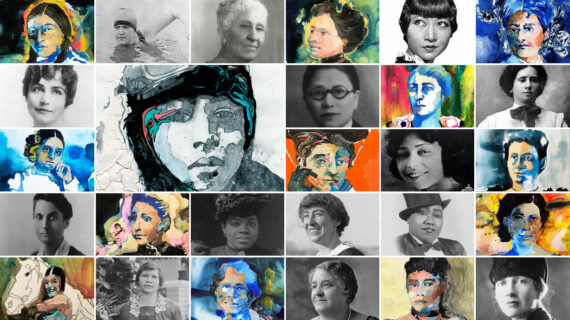
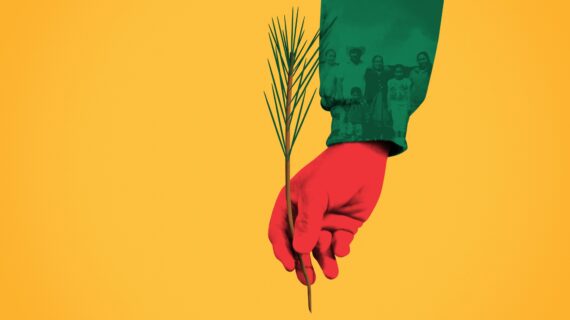
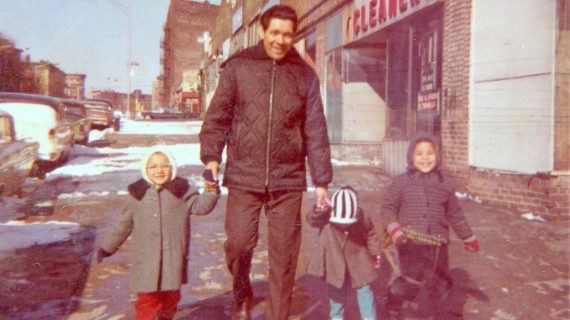
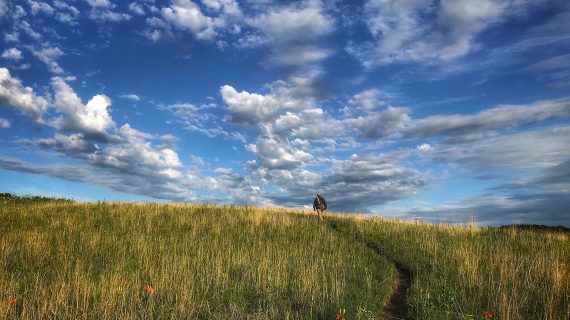
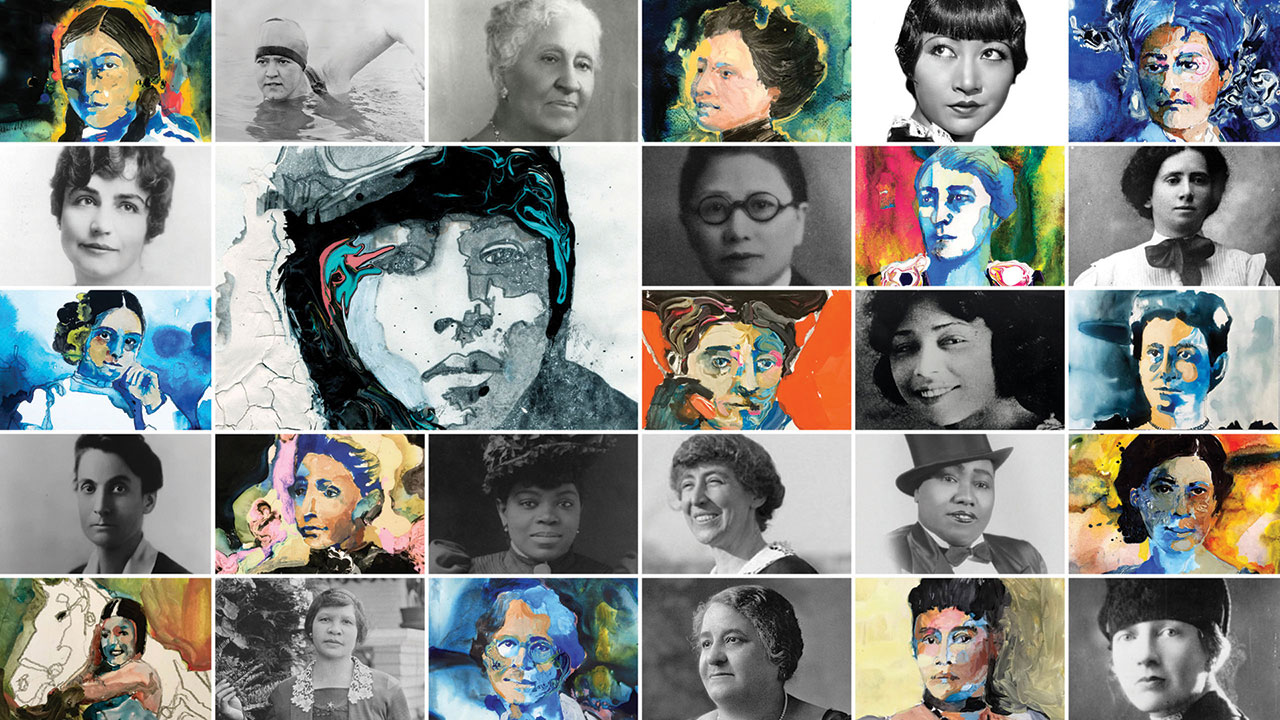
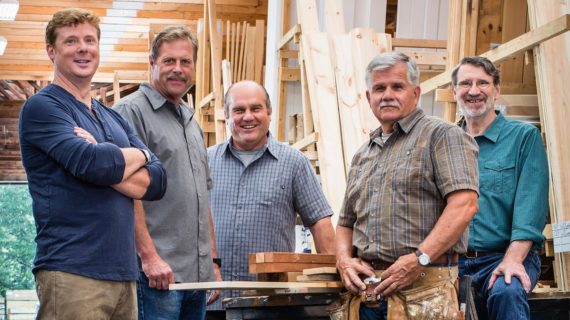

Follow Us